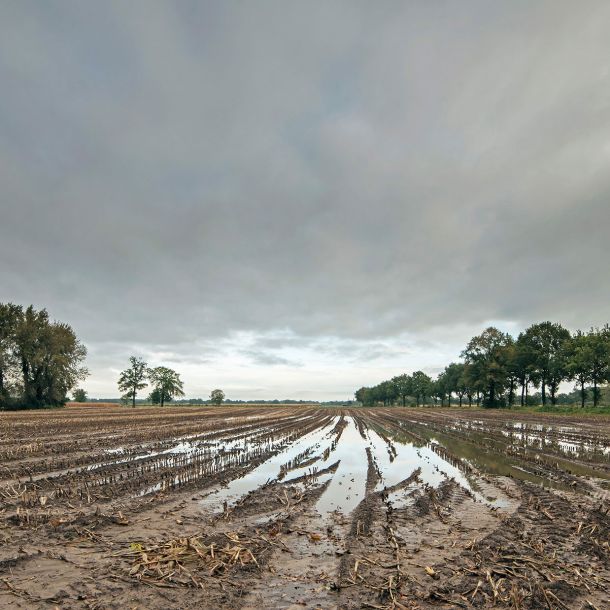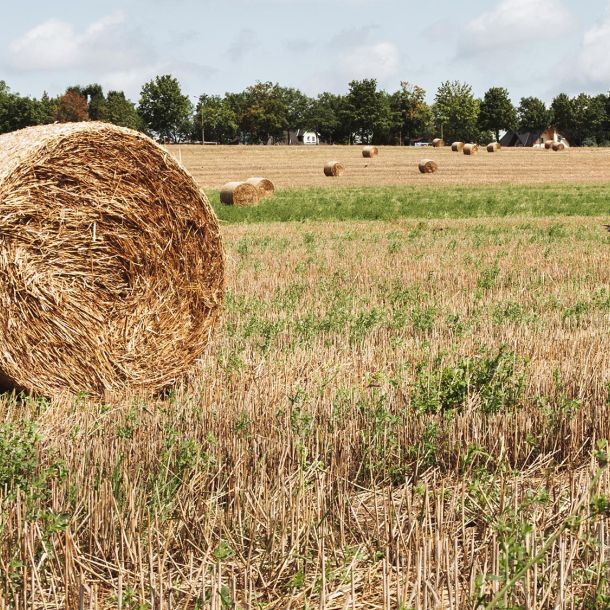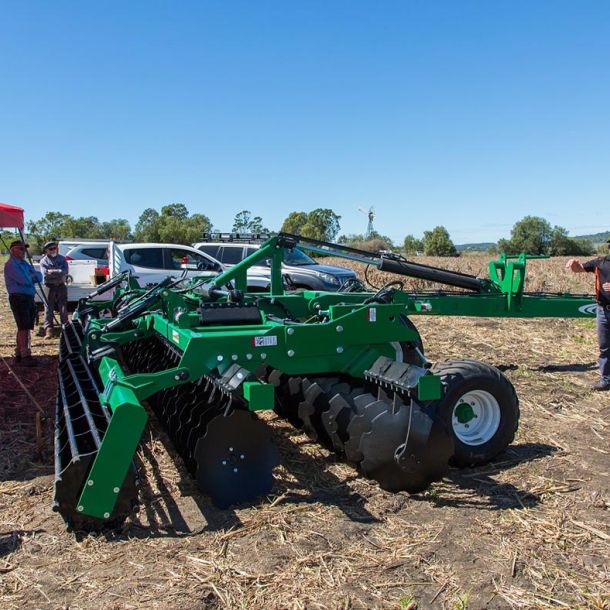Bouncing Back: Cultivating Hay Crops During the Decimation of Drought
It’s been a difficult year for farmers across eastern Australia, with widespread drought conditions withering crops, drying up reservoirs, and cracking soils. Recent rains have helped provide some relief, but not enough to negate a long season of missing moisture.
The DPI’s Combined Drought Indicator is currently showing that 99.6% of NSW is affected by drought. 16.7% of this is intense drought, and 49% as drought – meaning well over 65% of our state is desperate for a drink!
The drought has been especially difficult on hay crop reserves in New South Wales. Livestock farmers have emptied their sheds and silage stores, and numerous relief convoys of hay from other parts of the country have been organised to feed sheep and cattle in NSW.
Need for Restocking
Restocking hay supplies will be a main focus for producers after the drought, particularly in northern Victoria, NSW and SA. Concentration in these areas will be largely lucerne-based forages, with some grassy pasture hays being produced in southern Victoria. However, lack of subsoil moisture, particularly in NSW, will make cultivated hay crops in the area thinner than normal. Since tonnage will be lower, ensuring the quality of hay crops through good harvest techniques will be critical.
Double up with ease
Raking hay will be a priority for processing the crop. Raking helps maintain the nutritious components (leaves and leaf stems) while accumulating the tonnage needed for baling and silage chopping. Because of the thinner crop, doubling up windrows to feed balers will be important. Moving hay that far without damaging the leaves is important, and it’s something the K-Line Ag Delta Hay Pro handles with ease.
Material-driven handling
The rubber reels are material driven. This means they turn solely on the volume of the hay being processed, not on the speed of the tractor or a power take-off. Material driven handling spins the reels slowly, which handles the hay gently and leaves the stems and rougher plant parts behind. This gentle rolling produces an airy windrow that better facilitates drying and maturation.
Besides leaving behind stems, the material-driven handling of the Delta Hay Pro also leaves behinds clods of surface soil and rocks. This means bales made with the Delta HayPro are excellent for contract hay sales and exportation.
Cart, stack and store
Most hay producers believe in and experienced the truth behind the saying “bad windrows make bad bales.” The Delta Hay Pro also provides fully adjustable windrow settings to accommodate varying baler styles. Width adjustments on windrows mean rows are the correct width for optimal baler pickup, producing bales that are square. This makes the bales easier to cart, stack, and store.
While farmers can’t reverse the devastating effects of the drought, they can employ smart, strategic production mechanisms to produce the best hay crops possible.








